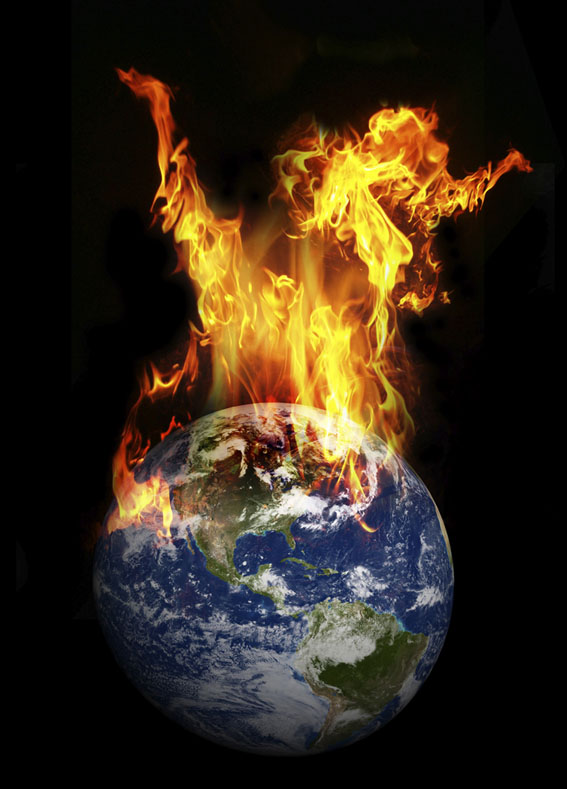Evidence
that water once existed on Martian soil found

Ø In the first series of the
Curiosity rover’s analysis of fine Martian soil samples, scientists have found
that two per cent of it is water by weight. They have also found other evidence
that hint at liquid water having once existed on the planet.
Ø Soil samples were picked up from
a patch of sand, silt and dust called Rocknest. They were heated to 835 degrees
Celsius and studied by instruments onboard the rover.
Ø “The major gases released were
water – about 2 per cent by weight of the sample – and carbon dioxide, oxygen
and sulphur dioxide,”
Ø Analysis by the rover’s
instruments found that, locked up in every cubic foot of Martian dirt, there
were almost two pints of water. “That’s a real resource for future explorers.
We can access it with just a little bit of heating,”
Ø It was also found carbonates, which are formed in the
presence of water, and alumino-silicates, ferric compounds, and sulphates.
Ø Scientists notes that oxygen
could have come from the breakdown of a perchlorate mineral. Perchlorates are
markers of past climate and could have participated in the transformation of
Martian organic matter. Because of similarities between the compounds in the soil
and the atmosphere, the ‘dirt’ collected by the rover seems to have acted as a
sponge for the atmosphere, which is where the volatile materials could be
derived from.
Hydrogen
Ø “We can see that
especially in the amount of the different types, or isotopes, of hydrogen. We
know that the atmosphere contains extra heavy hydrogen, called deuterium. And
we see that same thing in the water bound in the soil,”
Ø
Thus,
these minerals are constantly blown around by winds, and they mix with dust
from other parts of the planet. This finding is supported by other papers in
the report, which found most minerals to be of basaltic origins.
Ø There was a notable
exception. A lone, loose rock dubbed Jake M, found on the plains along
Curiosity’s path from its landing point, had a chemical composition unlike any
other encountered on Mars.
Ø Scientists think it
could have originated from a water-rich environment based on its similarities
to rocks found in Earth’s rift zones.










